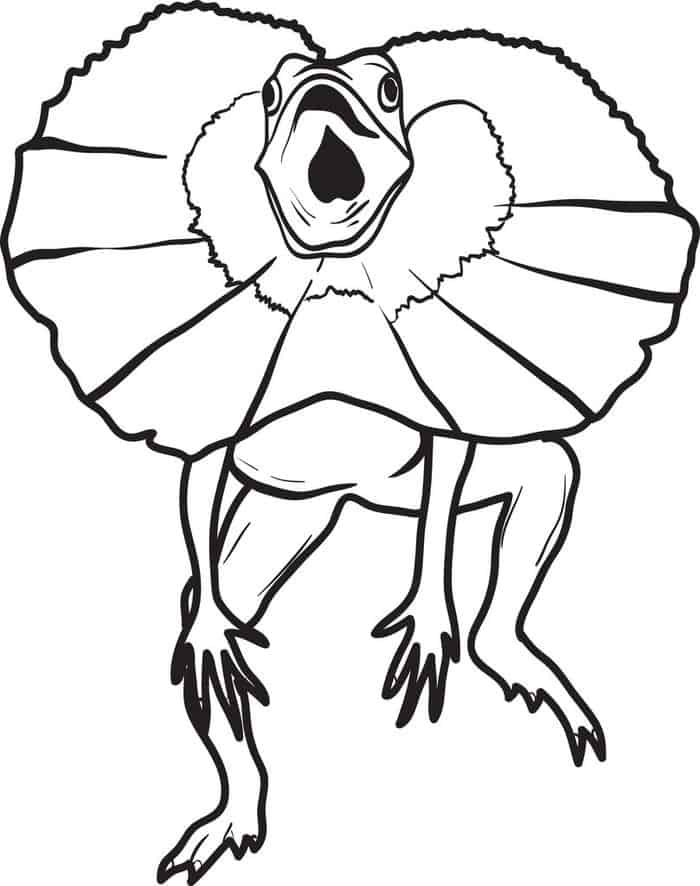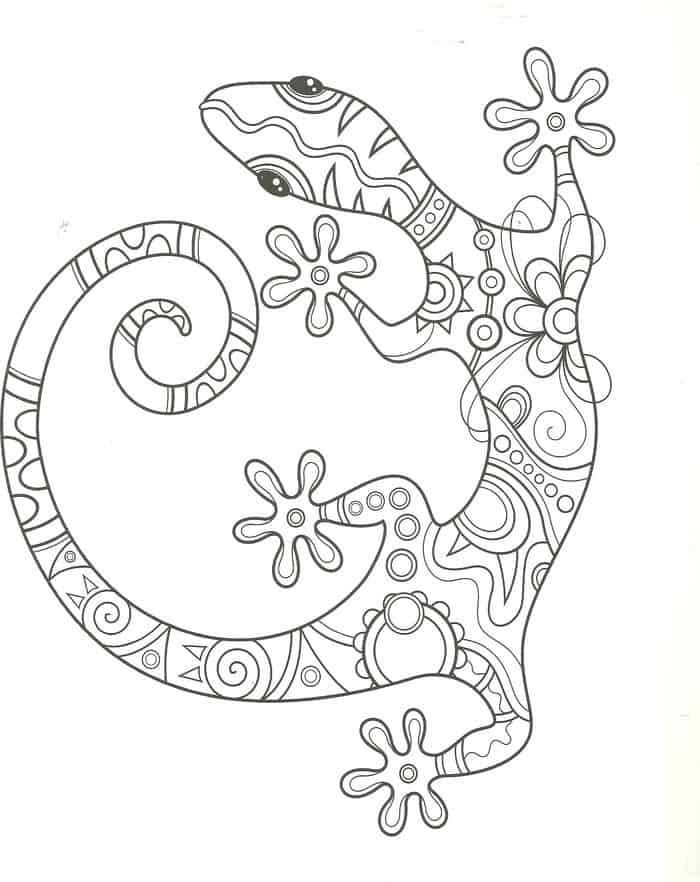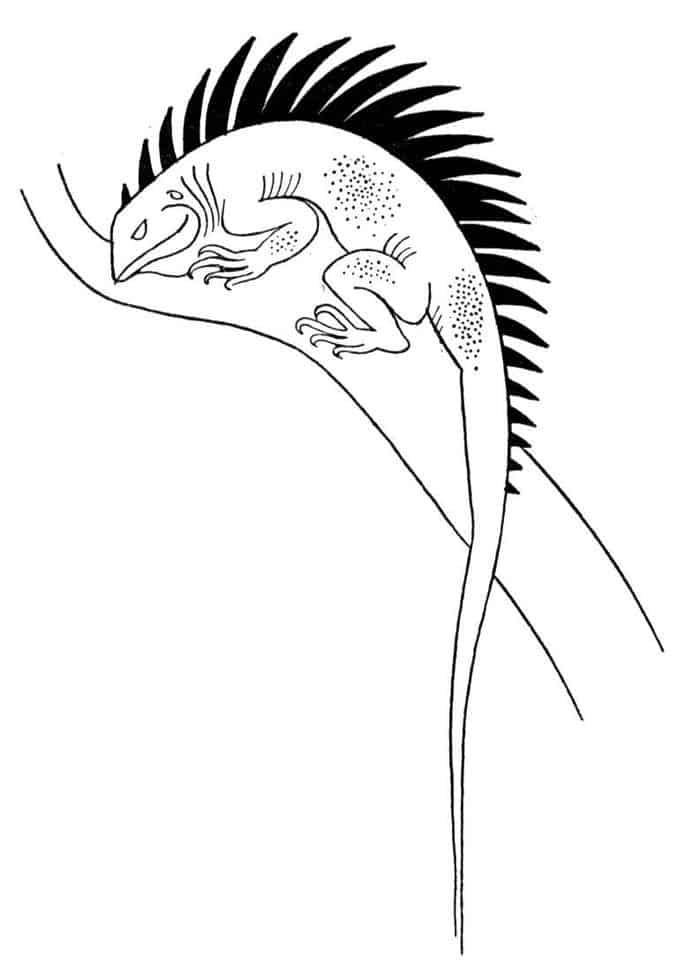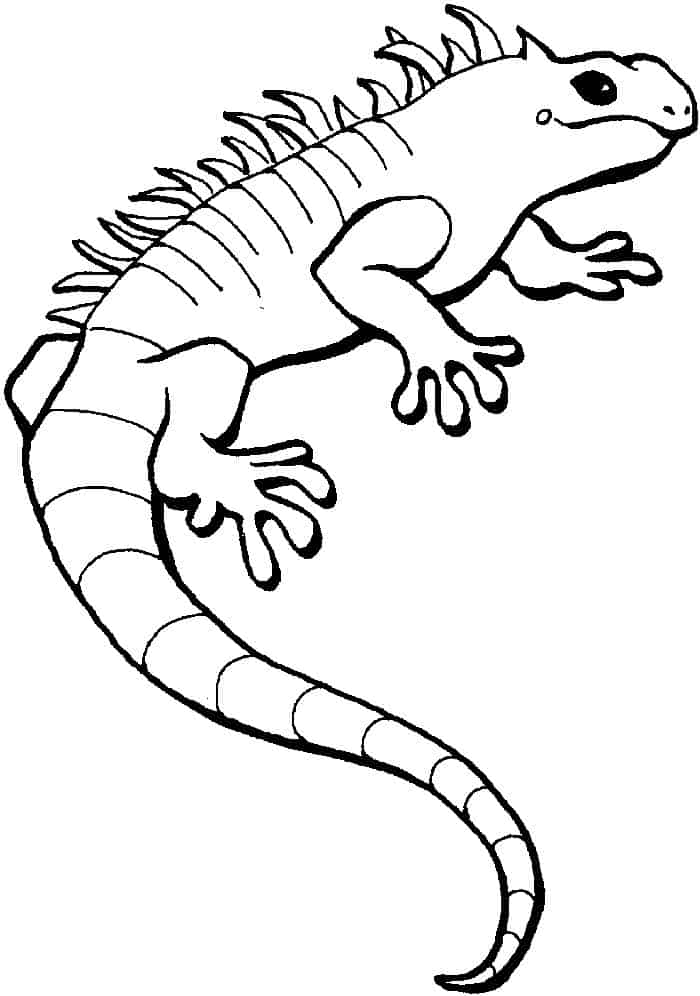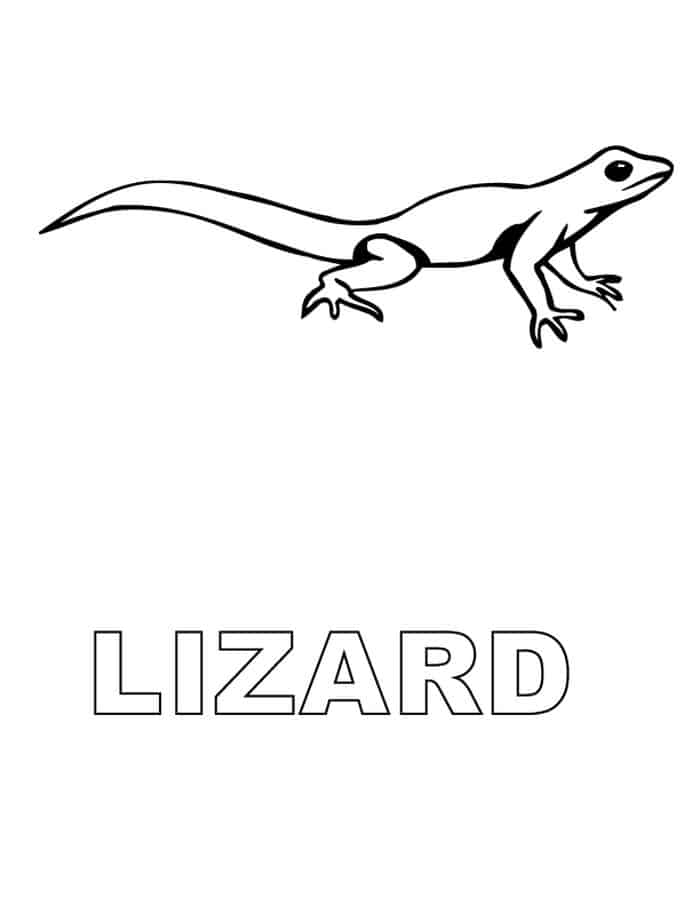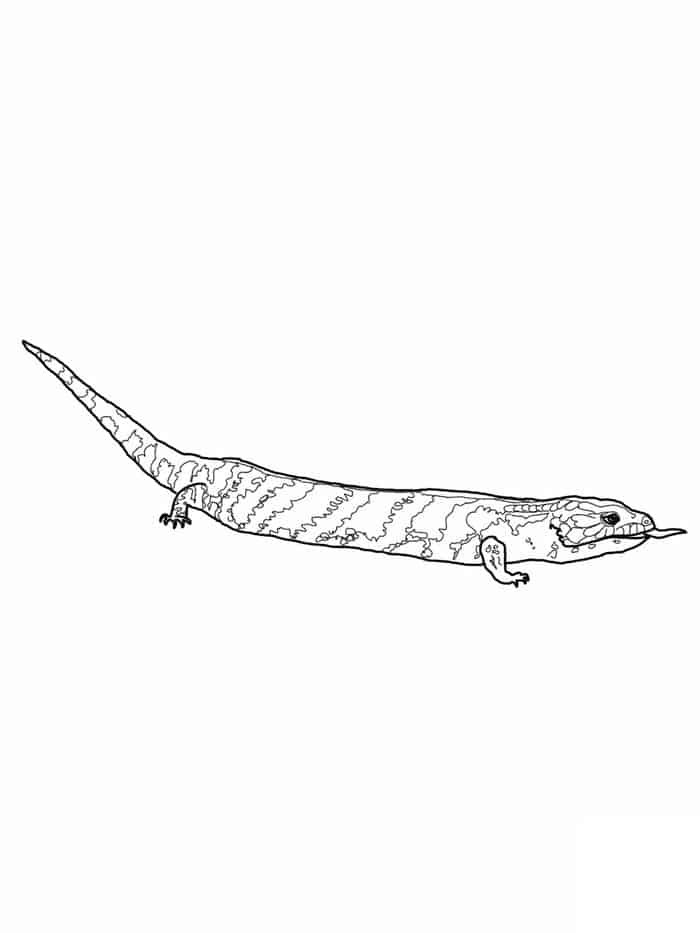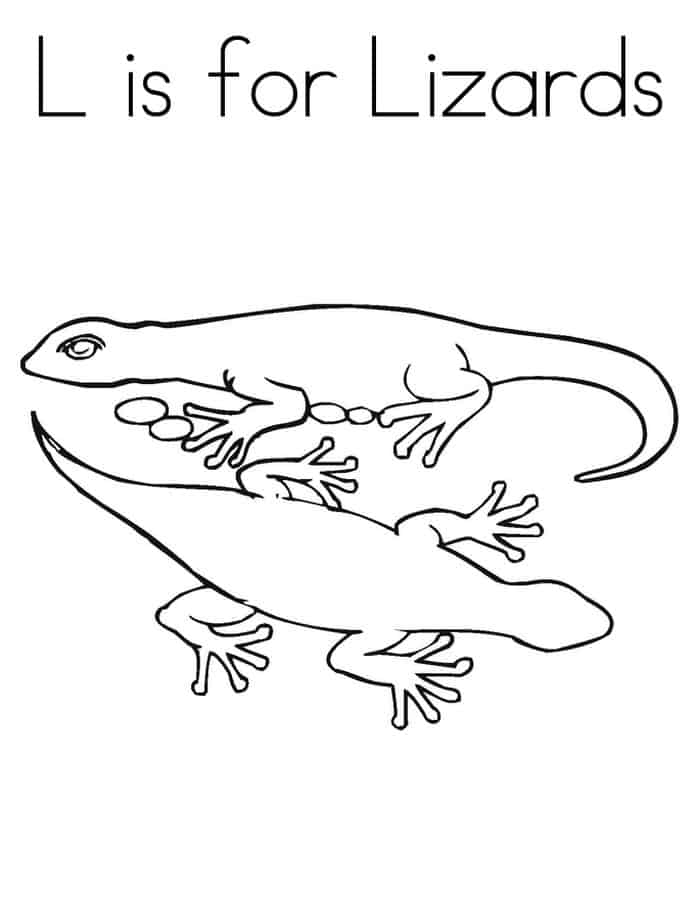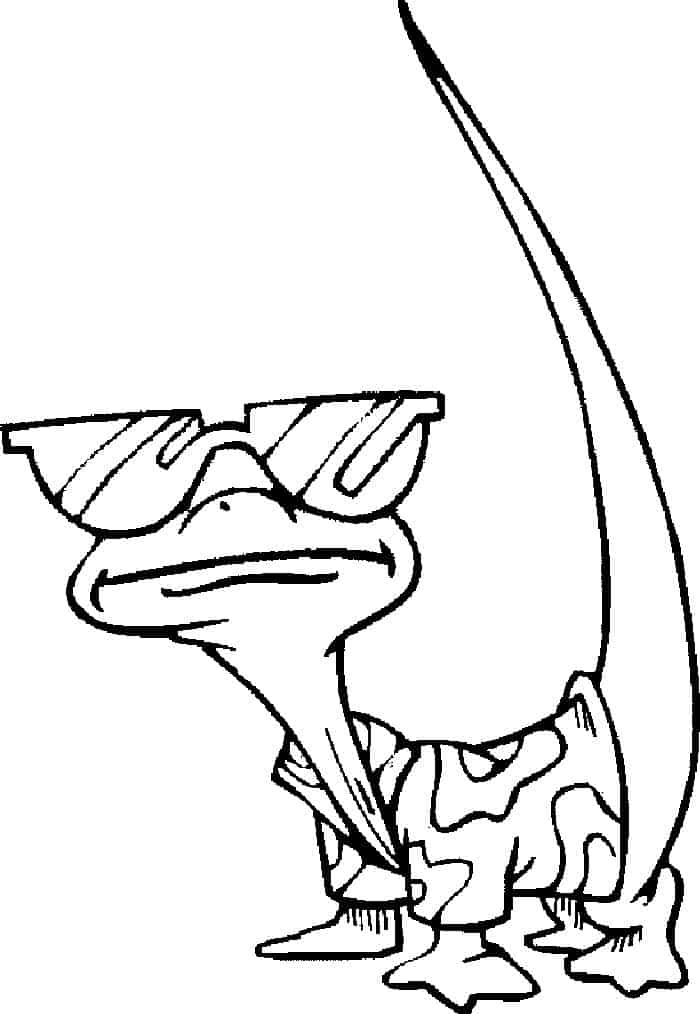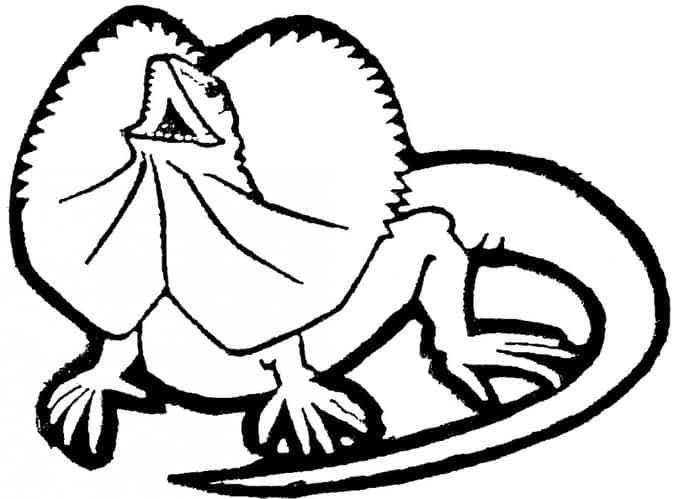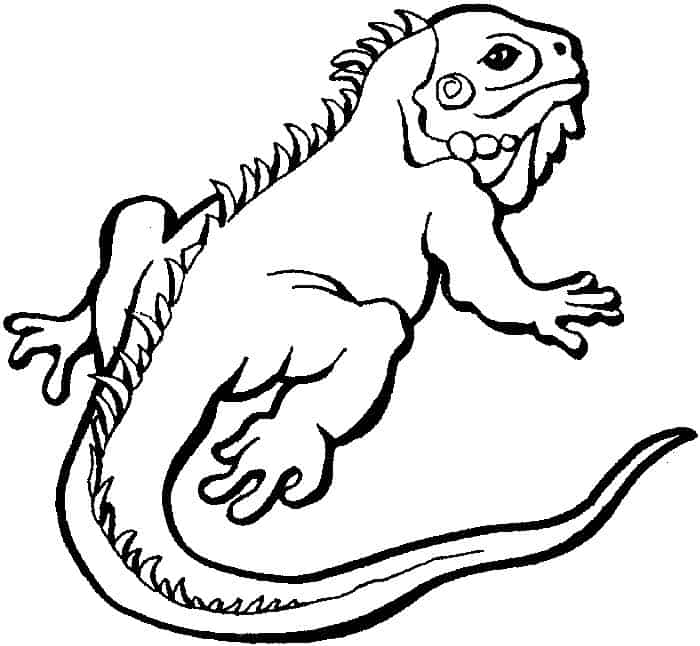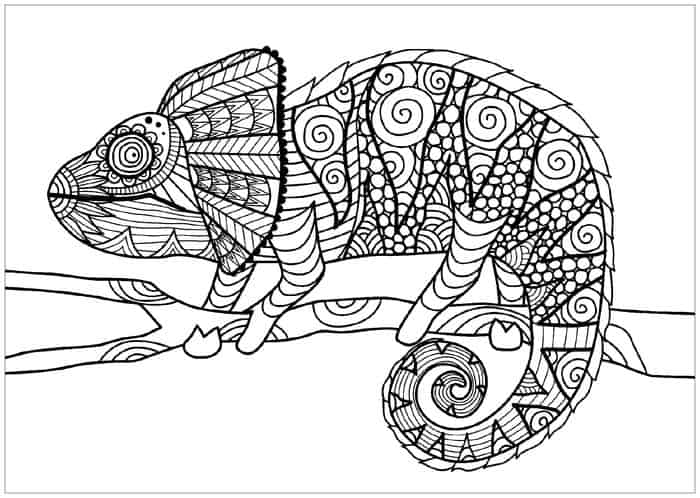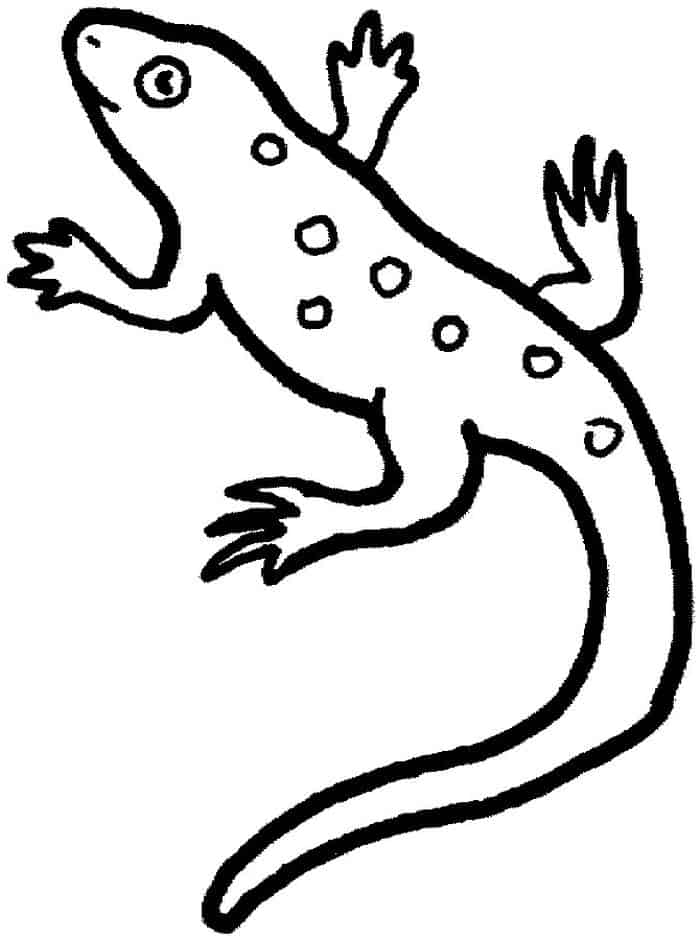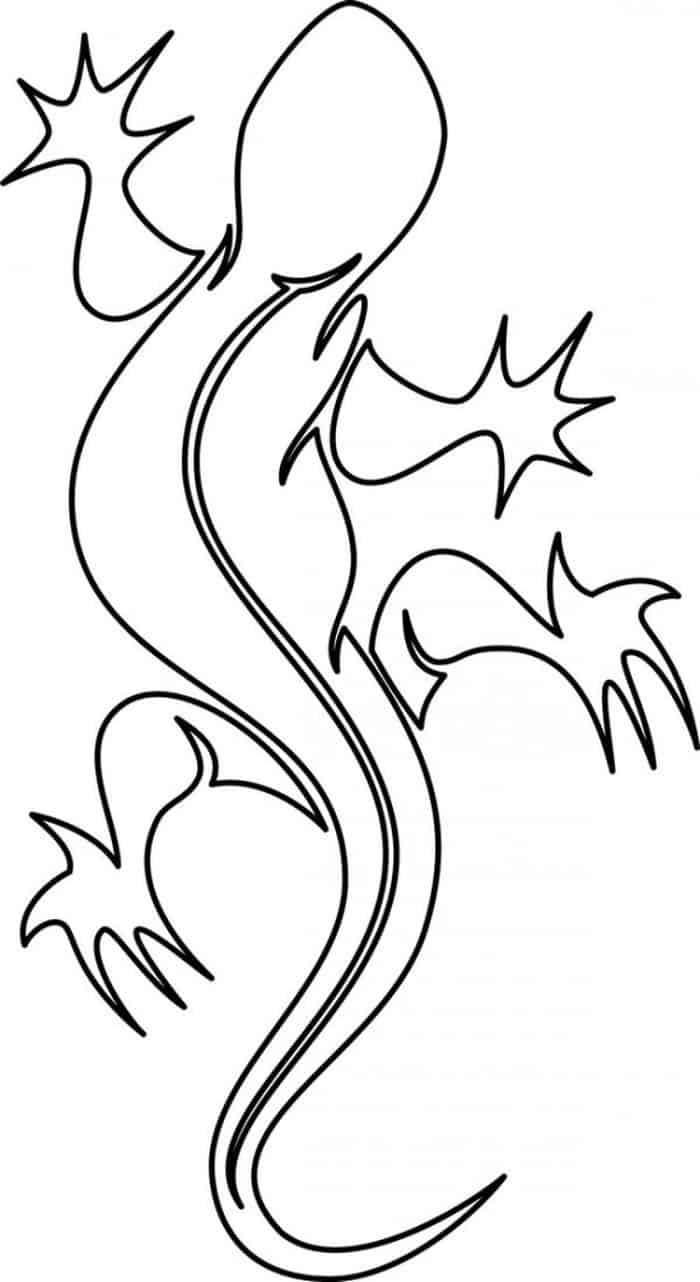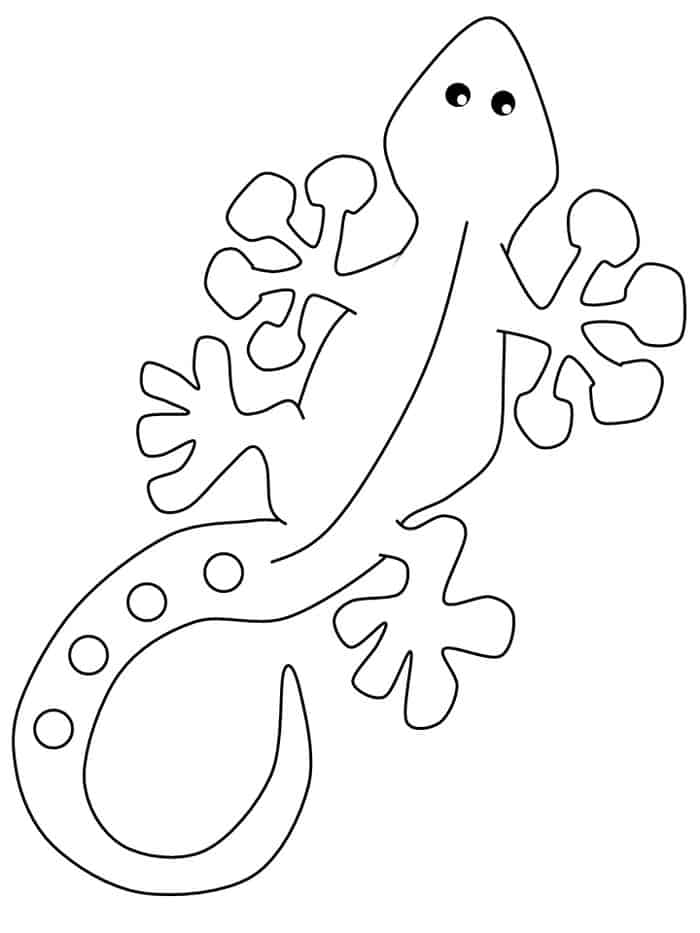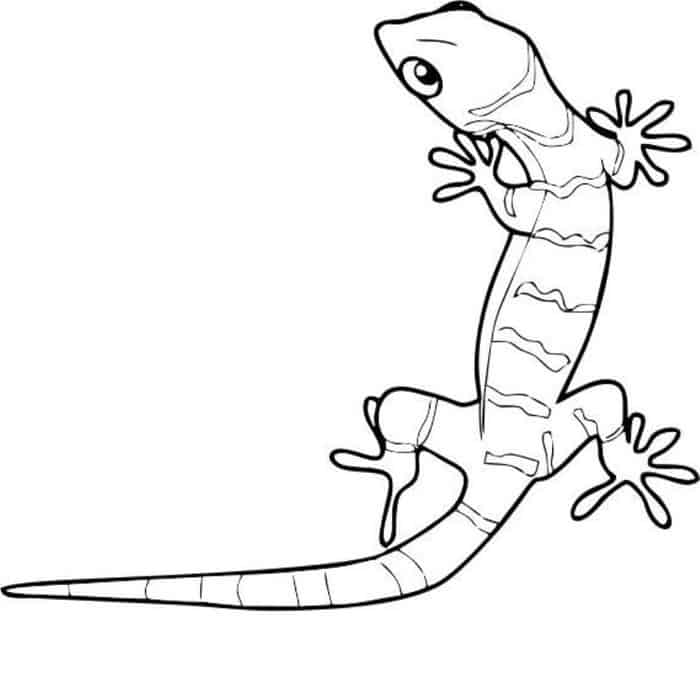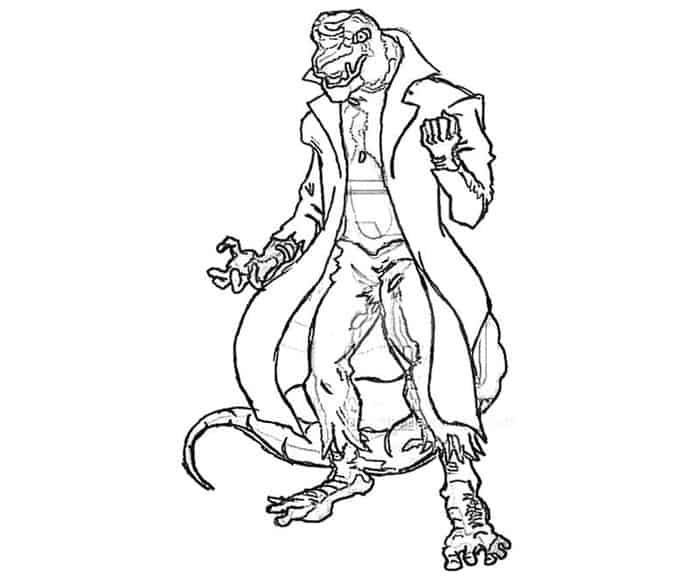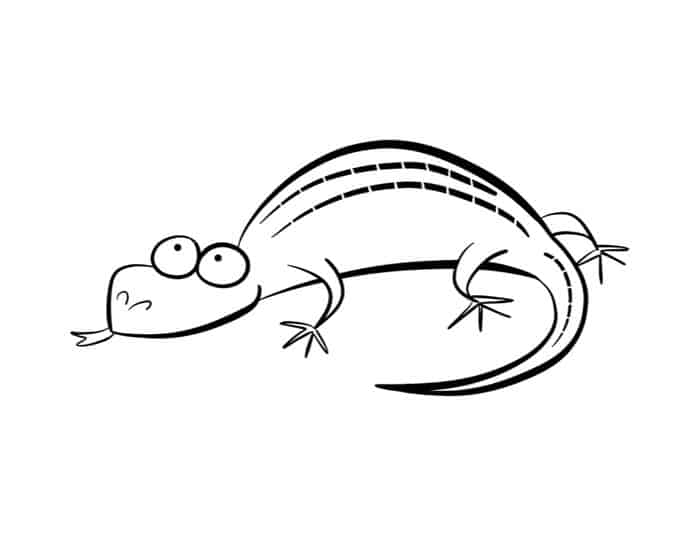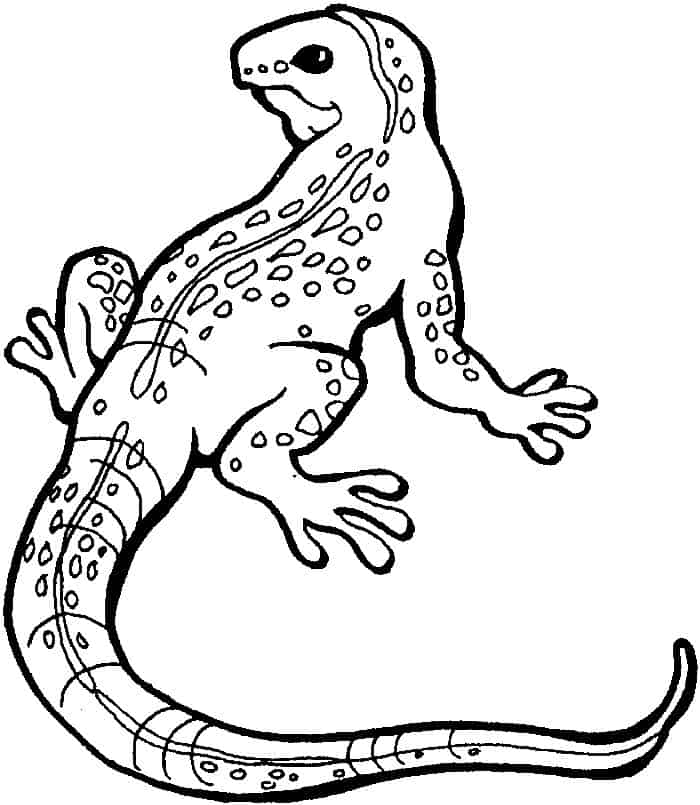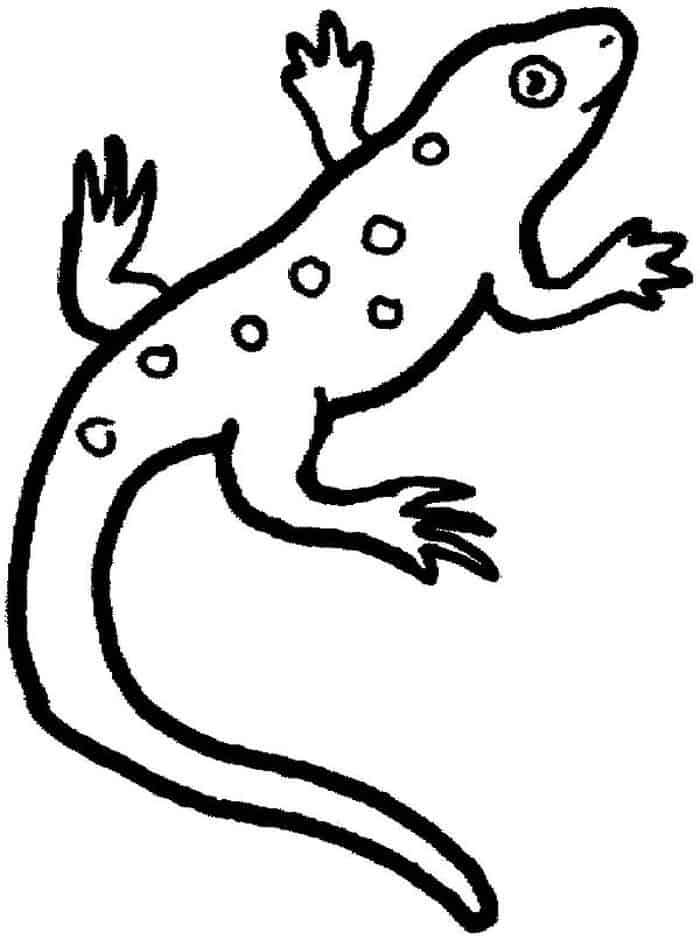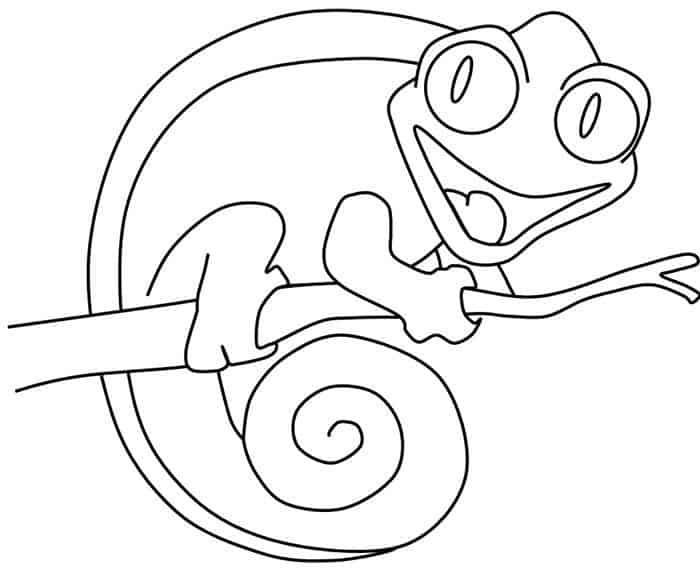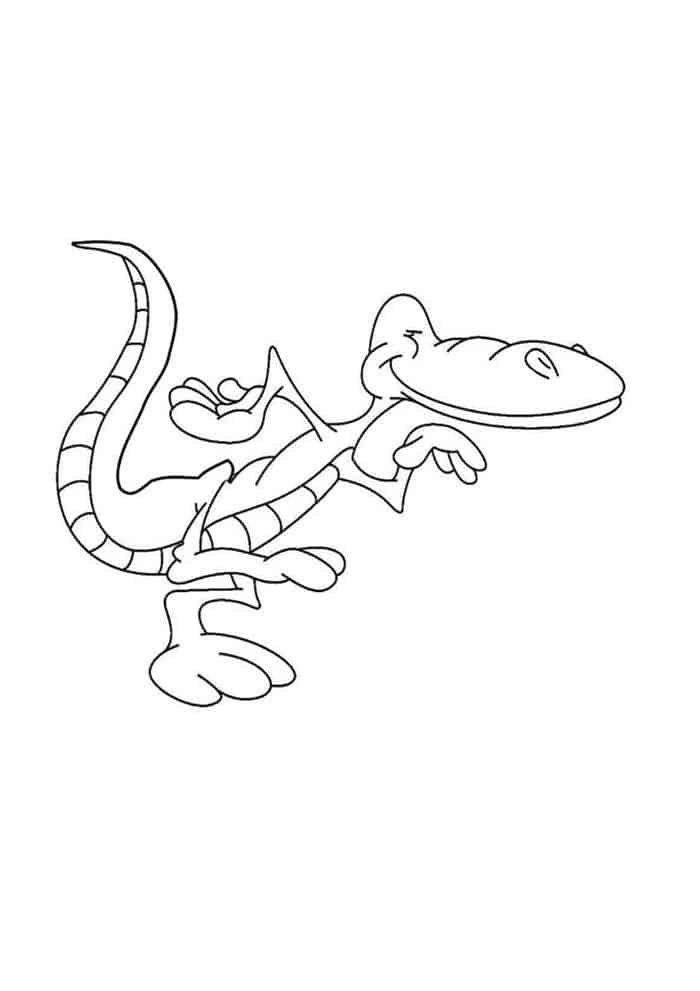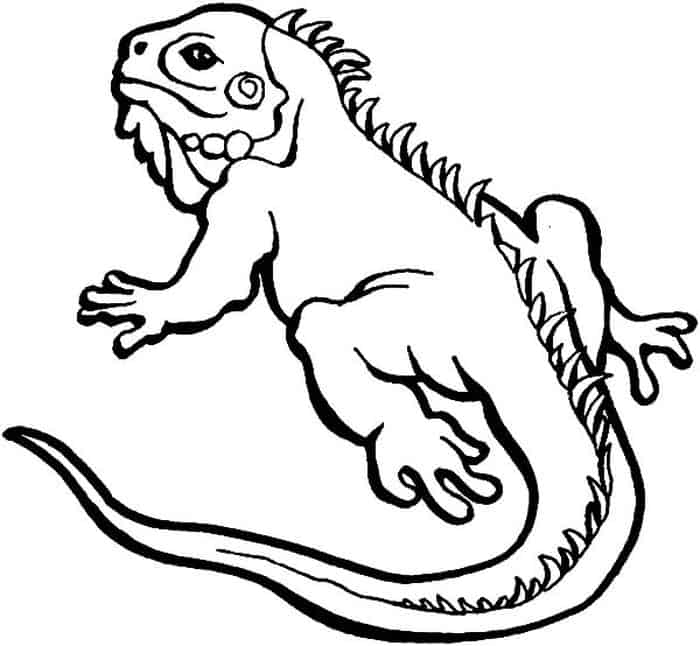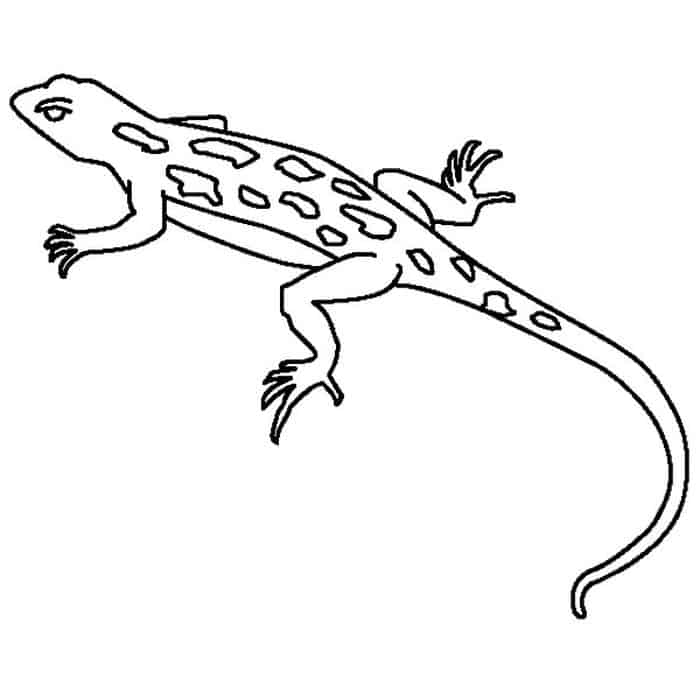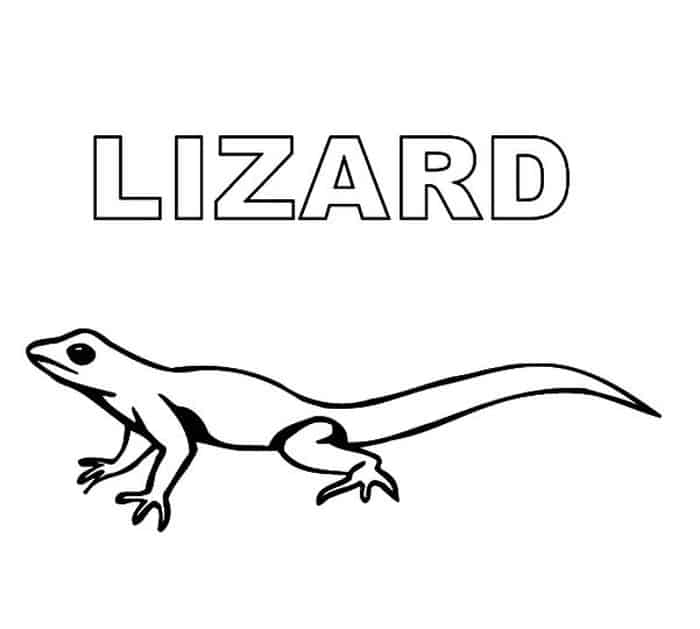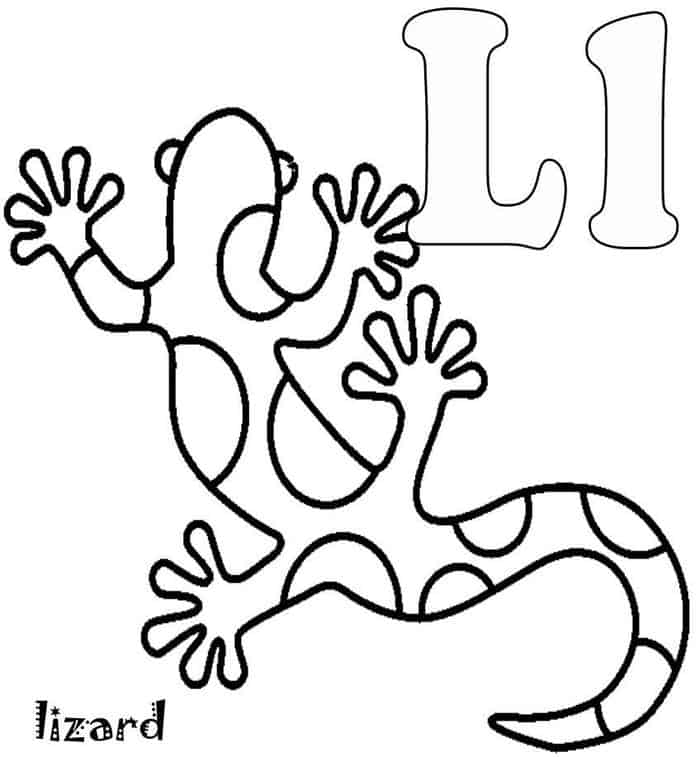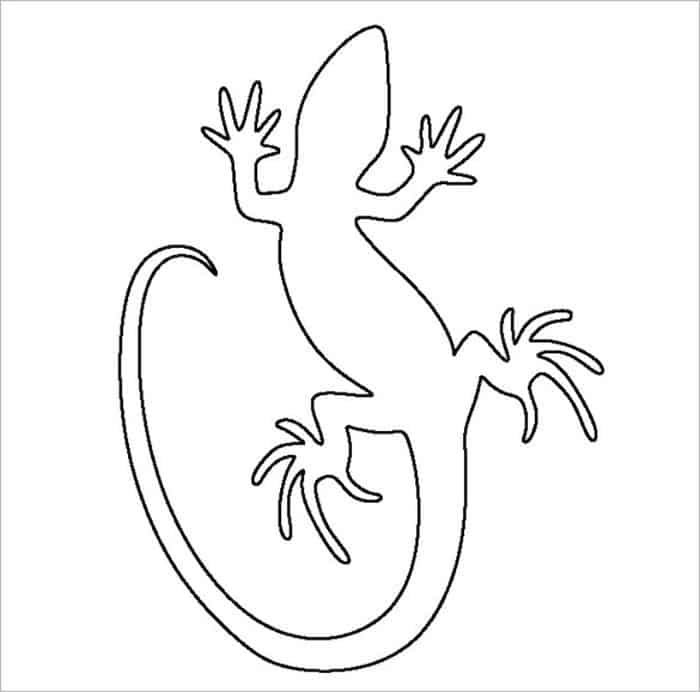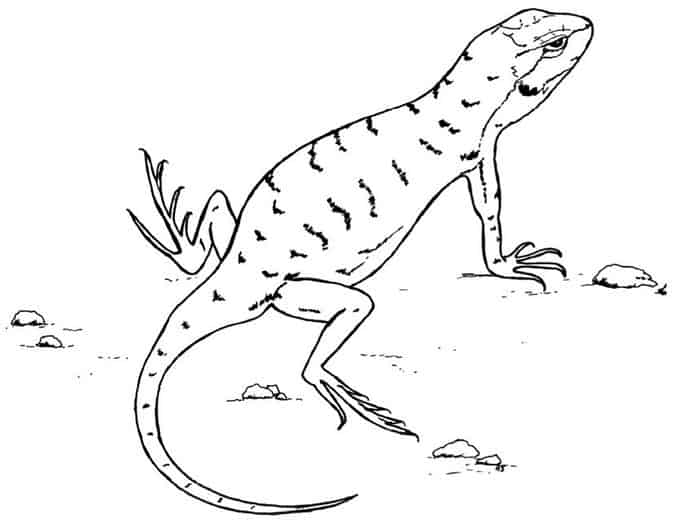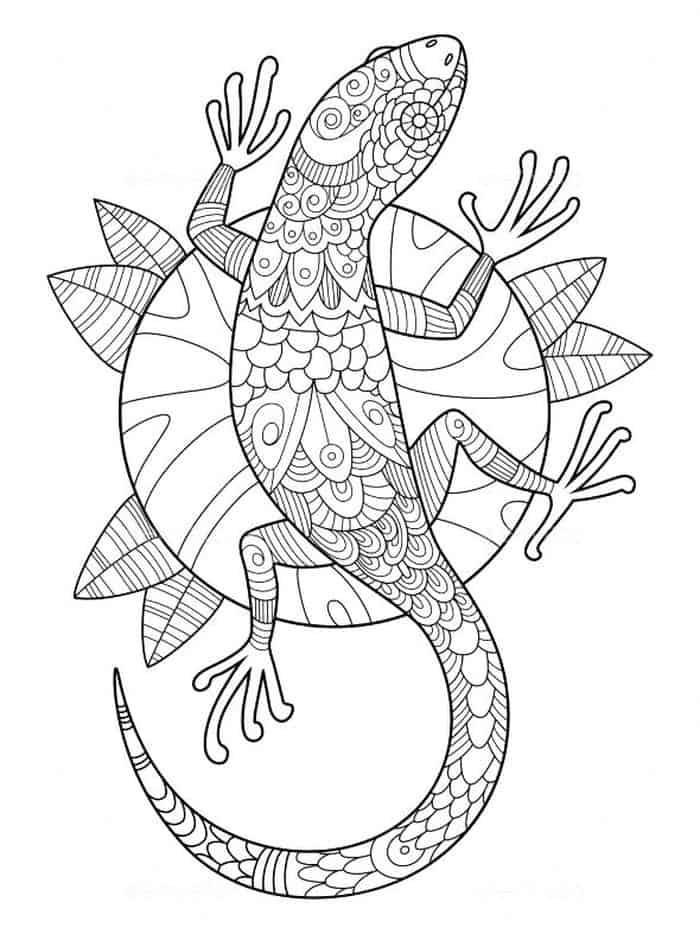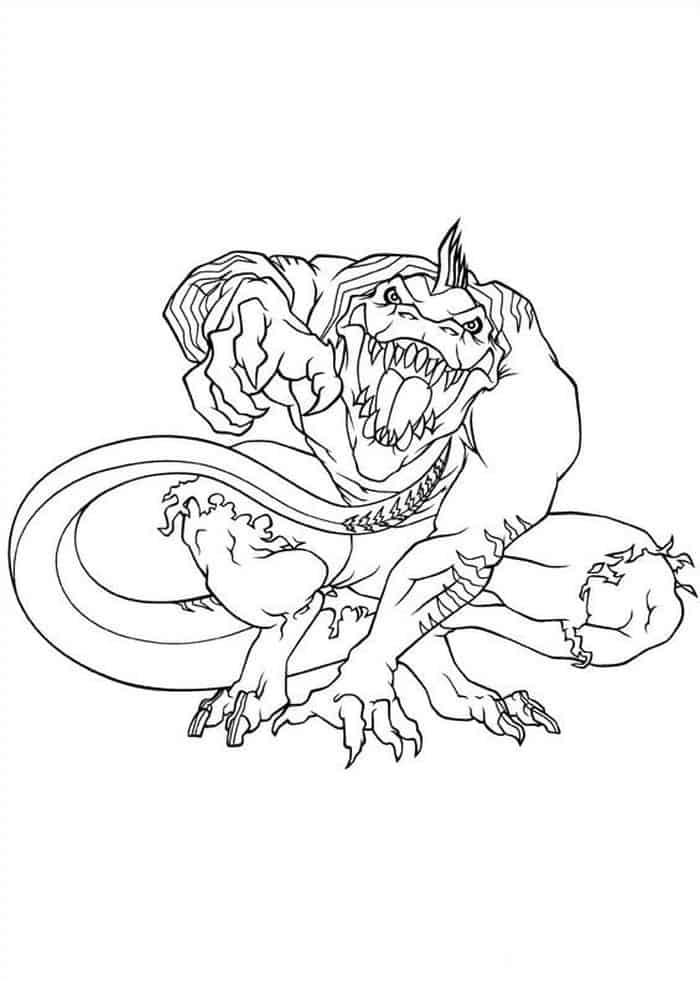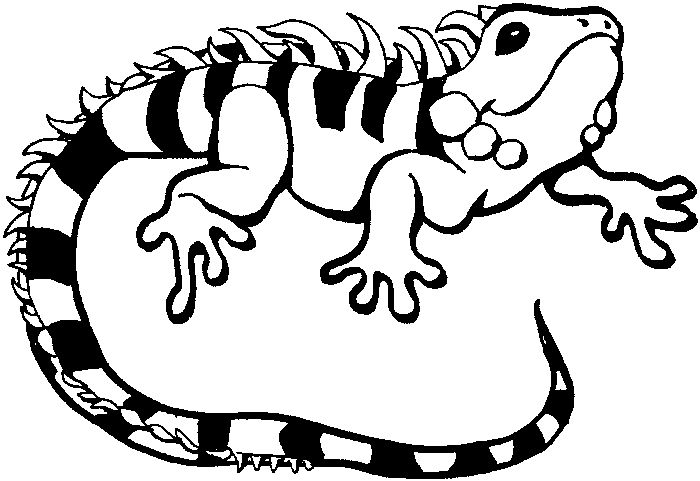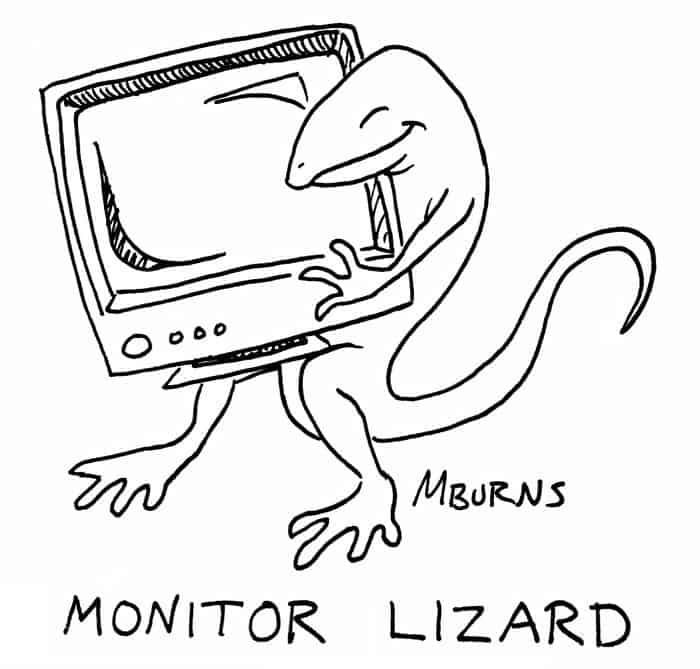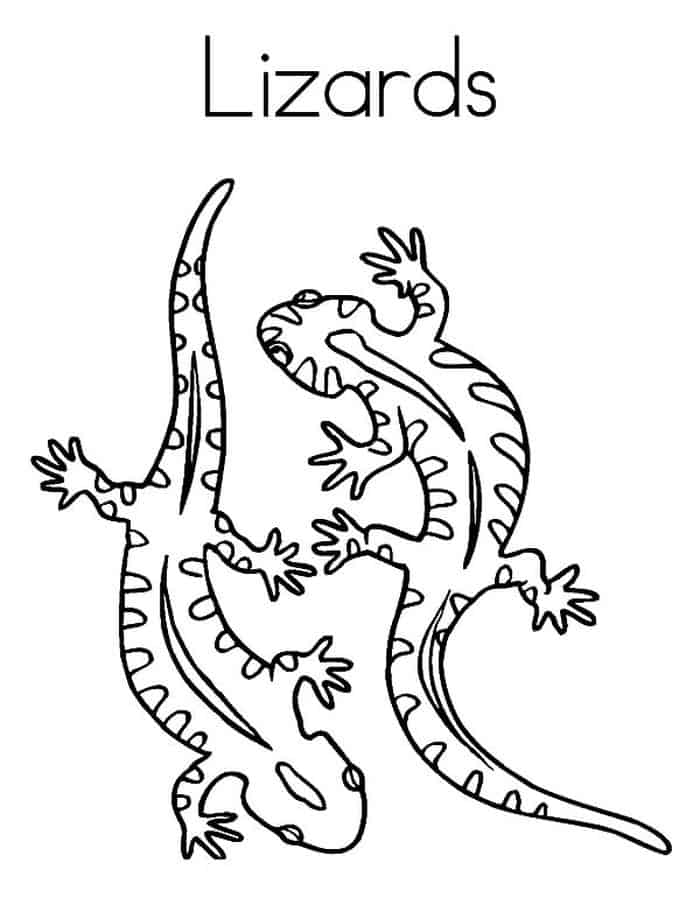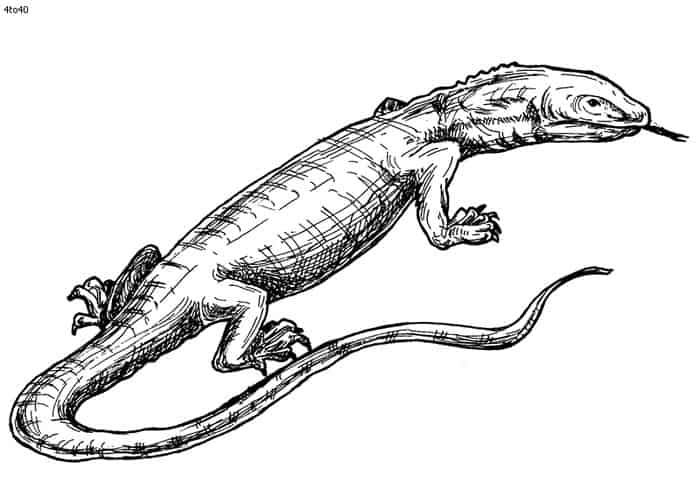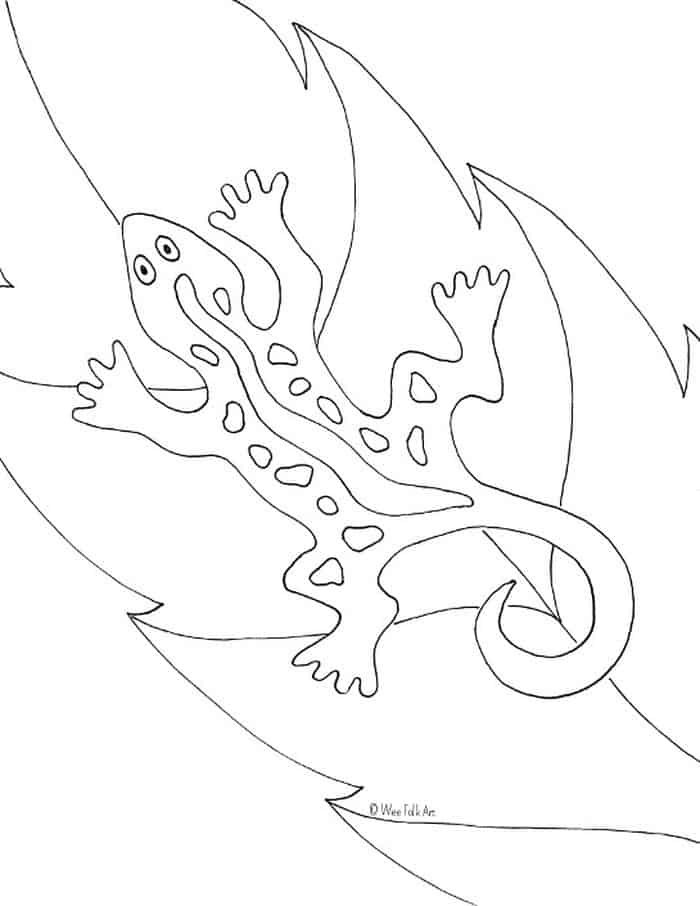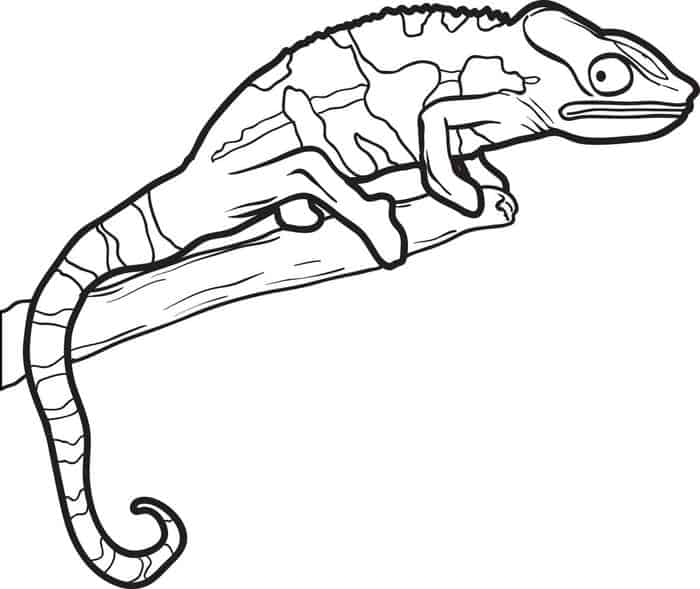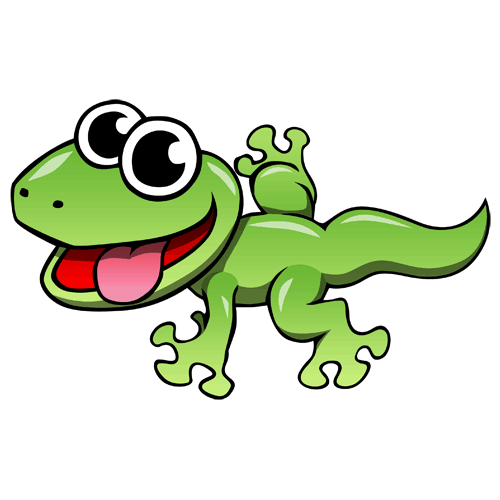If you like animals, you can print out these animal drawings then color it. Lizards are everywhere, and they are also are here waiting for you to color. Happy coloring.
The lizard ranges from 2 cm (family Gekkonidae) to 3 m in monitor lizards (family Varanidae). The weight ranges from less than 0.5 grams to more than 150 kg.
Lizard Coloring Pages
Sight is essential to locate prey and to communicate with other individuals. This sense is so finely tuned that some species have very sharp color vision.
Their varied modes of reproduction, their ability to regulate body temperature, and the ability to regenerate broken tails in some species, are highly valued as research individuals in biology.
Water is not a problem for them. They all excrete uric acid and therefore do not need to drink large amounts of liquid to dispose of nitrogenous waste.
Insectivorous species obtain most of their water by consuming their prey and herbivores have salt glands for the excretion of mineral salts. They drink less water than a bird or mammal. This explains why they are so successful in colonizing oceanic islands or extreme deserts.
For the lizard, the temperature is critical. Like fish and amphibians, they are ectothermic, that is, they receive heat from their environment. The term cold-blooded, although commonly applied, is a misnomer, as blood is not that cold unless the lizard is cold.
As reptiles are cold-blooded animals, they need to spend the day in the sun to warm their blood. Most species are diurnal when they can use their watery binocular vision. However, many groupings within the family Gekkonidae are most active from dusk to dawn.
The lizard occupies different habitats depending on the species. Some prefer underground burrows or dens and others surface and high vegetation.
Some species move slowly, while others can sprint through the desert sands.
The lizard usually presents itself as an insectivorous animal, therefore a carnivore, but many also eat small vertebrates and even plant matter.
Some species of lizards are strict herbivores, and desert species eat a lot of insects and invertebrates. Semi-aquatic species feed on freshwater organisms.
The lizard has many native predators that vary according to the habitat or species. Many of these animals are birds, mammals, invertebrates, and other reptiles.

